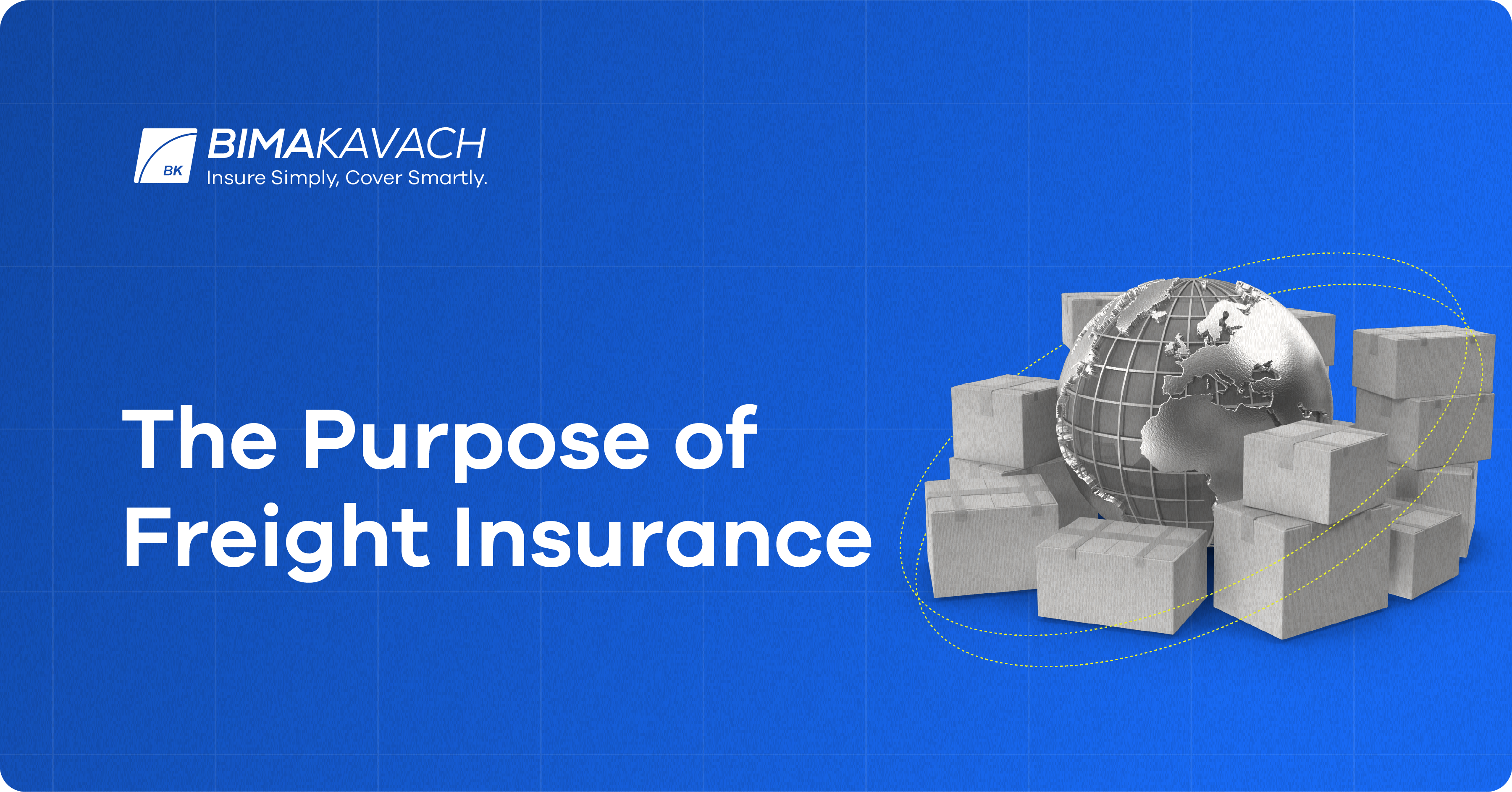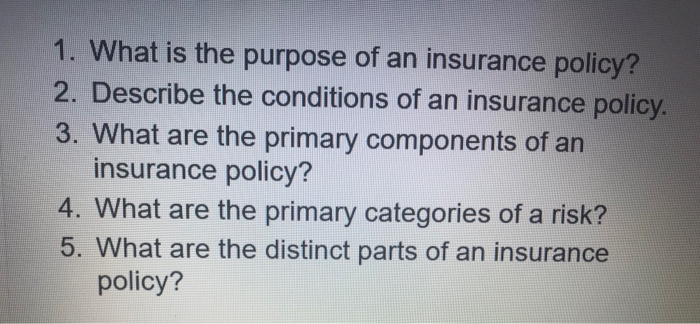Pacific Prime - Truths
Pacific Prime - Truths
Blog Article
An Unbiased View of Pacific Prime
Table of ContentsNot known Factual Statements About Pacific Prime 7 Easy Facts About Pacific Prime ExplainedPacific Prime Can Be Fun For AnyoneSome Known Details About Pacific Prime
In a lot of states, the insurance company is called for to send you a copy of the changes to your plan. It is essential that you read Endorsements or Cyclists so you comprehend how your plan has changed and if the plan is still sufficient to satisfy your needs. To get a duplicate of your insurance coverage policy, please call your insurance policy representative or company.
The Institute of Medication (IOM) Committee on the Repercussions of Uninsurance launches a prolonged examination of evidence that addresses the relevance of wellness insurance policy coverage with the publication of this record. Insurance coverage Issues is the first in a series of six records that will certainly be issued over the following 2 years documenting the reality and consequences of having an approximated 40 million individuals in the United States without health insurance policy protection.

Not known Facts About Pacific Prime
The goal of this series of researches is to redouble policy interest on a historical issue. Following the lengthiest financial growth in American history, in 1999, an approximated one out of every six Americans32 million adults under the age of 65 and greater than 10 million childrenremains without insurance (Mills, 2000).

Ten percent of the population represent 70 percent of healthcare expenses, a connection that has continued to be consistent over the past 3 years (Berk and Monheit, 2001) - international health insurance. Thus medical insurance continues to serve the feature of spreading danger also as it increasingly finances regular treatment. From the viewpoint of healthcare providers, insurance coverage brought by their individuals aids safeguard an earnings stream, and communities gain from financially viable and stable health and wellness treatment experts and institutions
Government offers health and wellness insurance coverage to populaces whom the personal market may not serve efficiently, such as disabled and seniors, and populaces whose accessibility to healthcare is socially valued, such as children and expecting women. The supreme ends of medical insurance protection for the specific and communities, including office neighborhoods of workers and companies, are enhanced health and wellness outcomes and lifestyle.
Some Of Pacific Prime
Employees rate medical insurance first without a doubt in value among all the advantages used in the office (Salisbury, 2001). Although there have been substantial financial investments of personal and public funds to offer health insurance coverage, many individuals still have no protection. Despite extensive reporting of study searchings for and wellness care study results, the public remains baffled and mistaken about Americans without medical insurance and the effects of lacking protection.

Without inquiry, the complexity of American healthcare financing systems and the riches of resources of go now details contribute to the public's complication and suspicion regarding wellness insurance data and their analysis. This report and those that will adhere to purpose to distill and offer in conveniently understandable terms the extensive research study that bears upon inquiries of health and wellness insurance policy protection and its importance.
Fifty-seven percent of Americans surveyed in 1999 thought that those without medical insurance are "able to obtain the care they require from doctors and hospitals" (Blendon et al., 1999, p. 207). In 1993, when national attention was concentrated on the problems of the without insurance and on pending healthcare regulation, simply 43 percent of those questioned held this idea (Blendon et al., 1999).

They additionally obtain fewer precautionary services and are less most likely to have routine treatment for persistent problems such as high blood pressure and diabetes. Chronic diseases can lead to costly and disabling difficulties if they are not well handled (Lurie et al., 1984; Lurie et al., 1986; Ayanian et al., 2000). One national survey asked greater than 3,400 adults about 15 very significant or dark conditions.
Excitement About Pacific Prime
Extra proof exists later in this phase in the discussion of insurance and accessibility to healthcare. https://stieuys-rhuiets-scriank.yolasite.com/. People without medical insurance are young and healthy and choose to go without coverage. Virtually half (43 percent) of those surveyed in 2000 believed that individuals without health and wellness insurance are extra likely to have health issue than people with insurance
Citizens and policy manufacturers in focus group conversations define those without insurance as youths who have the possibility to be covered and feel they do not need it (Porter Novelli, 2001). Compared to those with at the very least some exclusive protection, the uninsured are less likely to report remaining in outstanding or great health (Agency for Medical Care Study and Quality, 2001).
SOURCE: Center for Price and Funding Research Studies, Firm for Healthcare Research Study and Top quality, based on MEPS data. Youthful grownups between 19 and 34 are much more likely to lack medical insurance than any other age group. This is chiefly since they are much less commonly qualified for employment-based insurance as a result of the nature of their work or their brief period in it.
The understanding that individuals without insurance have better-than-average health complies with from puzzling the fairly young age account of the without insurance with the far better health, usually, of younger persons. This obscures the web link in between health condition and wellness insurance. For those without access to office medical insurance, poor health and wellness is a possible barrier to acquiring nongroup protection due to the fact that such insurance coverage may be extremely valued, exclude preexisting problems, or be merely unavailable.
Report this page